College of Science, Engineering & Technology
Jumping from a Y2 to a C2 NRF rating, there's no stopping this academic
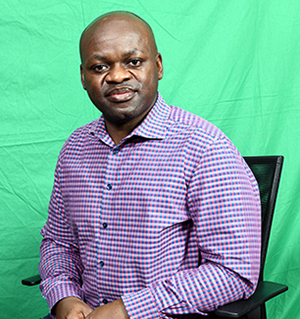
Prof François Mulenga
Prof François Mulenga, a newly minted C2 National Research Foundation (NRF) rated researcher, is a full professor in the Department of Mining Engineering, College of Science, Engineering and Technology at Unisa.
Mulenga jumped from a Y2 to a C2 NRF rating, recognising him as an established scholar who enjoys international recognition for the quality and impact of his recent research outputs.
Over the years, Mulenga's research interest and publications have matured and cover mine-to-mill optimisation, rock engineering, rock drilling and blasting, and mine design and planning.
Mulenga has supervised ten master's and four PhD students to completion and currently supervises thirteen master's and seven PhD students.
Mining and minerals engineering
While his early research focus was comminution, the breaking of rocks with machines in order to liberate valuable minerals for their efficient separation from the valueless fraction, he has now expanded his research focus to mine-to-mill optimisation.
Mine-to-mill optimisation is a deeper, broader and more articulated version for integrated comminution. "In essence, mine-to-mill optimisation is a holistic framework that seeks to develop mathematical models for the simulation and optimisation of the mine value chain. It is centred on efficient recovery and economical operation of the value chain that entails blasting, crushing and milling," says Mulenga.
Mulenga's interest also lies in modelling and characterising how drilling equipment performs from start to finish when its cutting tools travel through rocks of different formations. The performance here includes penetration rate and service life of cutting tools.
In terms of rock blasting, his interest is in modelling the final size distribution of rock fragments and the energy distribution with the rock mass generated from the operation.
He says that mine design and planning involve determining the section of the mine that needs to be blasted first, based on the costs of comminution and downstream processing operations, while ensuring that the excavation created is designed to be safe.
"My interest is in developing models for mine design and planning that account for additional technical and economic data produced from mine-to-mill analysis besides the classical data that goes into the exercise," says Mulenga.
Mulenga has extensive expertise in developing mathematical models for mining and minerals engineering applications. In addition, he has been involved in designing software packages, using various computer programming languages, and in the engineering, construction and commissioning of mining laboratories on the African continent.
Programme set to impact industry and academia
Over the last several years, Mulenga has embarked on a programme to revisit how energy is used along the mine production chain, focusing on the interrelation between surface mining activities and comminution operations.
He takes advantage of his formal educational training and his broad experience in mine-to-mill optimisation to achieve the identified goals. Several mining operations in South Africa and Africa are being reviewed with this understanding. Valuable outputs are expected to benefit both the industry and academic communities.
* Submitted by the Department of Research, Innovation and Commercialisation
Publish date: 2022-07-20 00:00:00.0

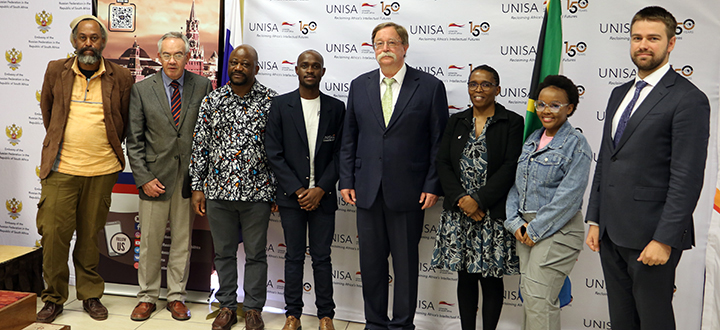 Unisa's student leadership engage with Russian ambassador
Unisa's student leadership engage with Russian ambassador
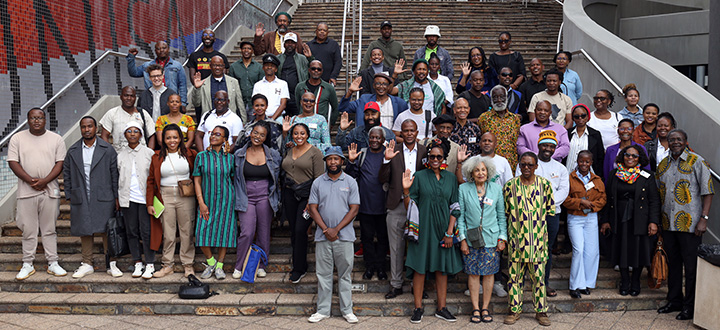 Re-igniting and re-imagining Pan Africanism, Afrocentricity and Afrofuturism in the 21st century
Re-igniting and re-imagining Pan Africanism, Afrocentricity and Afrofuturism in the 21st century
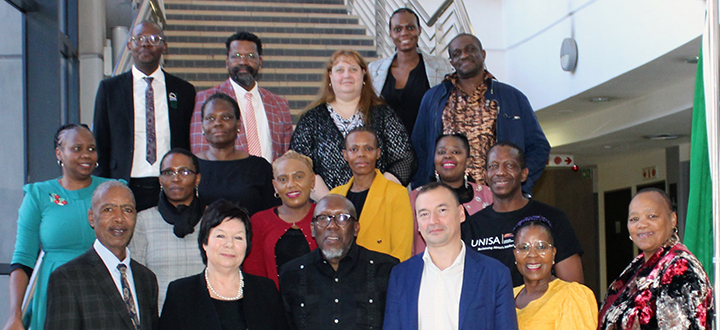 Unisa and Russian State University for the Humanities explore collaborative opportunities
Unisa and Russian State University for the Humanities explore collaborative opportunities
 Young Unisa science stars join elite Lindau Nobel Laureate group
Young Unisa science stars join elite Lindau Nobel Laureate group
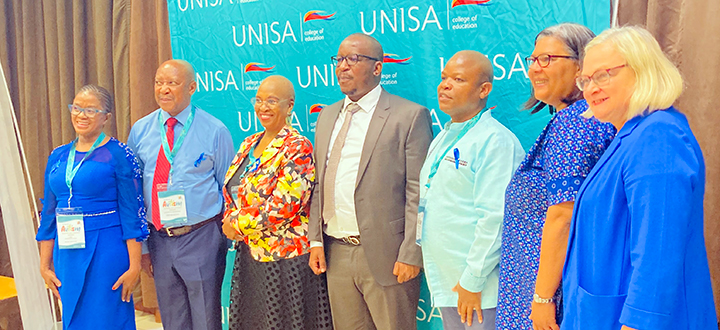 Education MEC addresses Unisa autism seminar
Education MEC addresses Unisa autism seminar